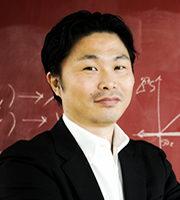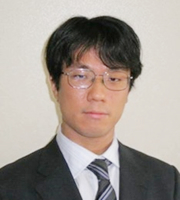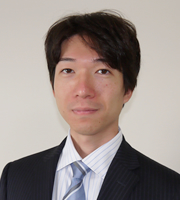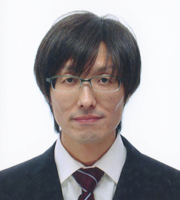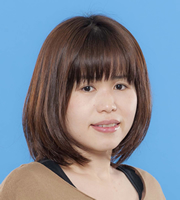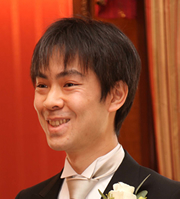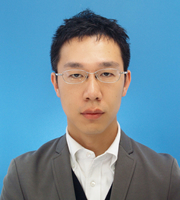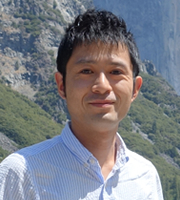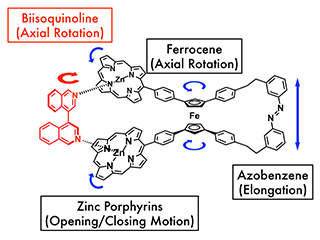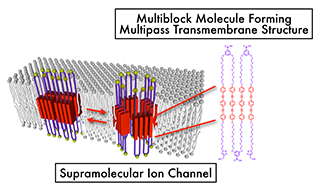I have been focusing on the development of a powder photocatalyst that generates hydrogen from water under sunlight. The importance of hydrogen as a clean energy carrier is increasing, and generating hydrogen from water and solar energy, both in abundant supply, would be a true breakthrough. A powder photocatalyst would potentially open up use in much larger areas exposed to plenty of sunlight, paving the way for future commercialization.
Through my research into artificial compounds that have not yet been reported, that is, materials that do not exist naturally, I have clarified that oxynitrides function as photocatalysts that are effective in splitting water under irradiation of sunlight. Furthermore, my work on promoting surface reactions with photocatalysts has for the first time resulted in a solar energy conversion efficiency comparable to that of natural photosynthesis in green plants.
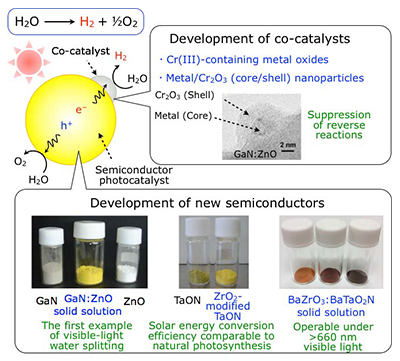
Development of semiconductor photocatalyst and co-catalyst for visible light decomposition of water
I would like to express my deep appreciation to all the people who have supported my research. I would like to express special thanks to Professor Kazunari Domen at the University of Tokyo, Professor Michikazu Hara at Tokyo Tech who taught me while I was a student, my research partners who sacrificed their time and energy discussing and finding solutions under difficult circumstances, and my family and friends, who supported me on a daily basis. Keeping this award in mind, I am committed to continuing my research and teaching.
. Any information published on this site will be valid in relation to Science Tokyo.


